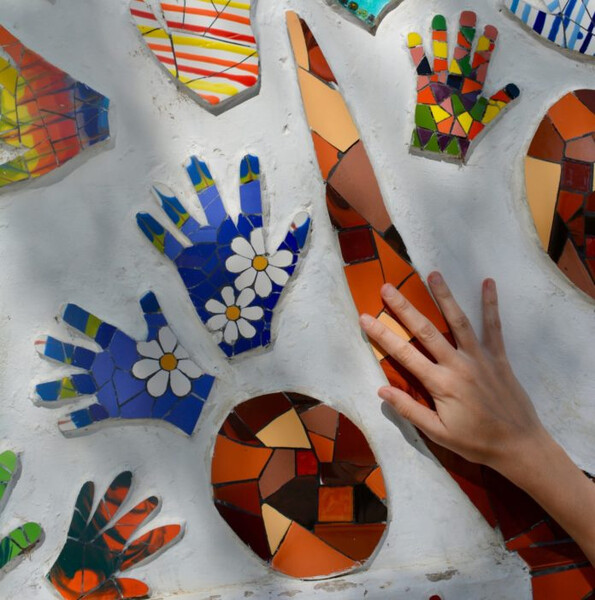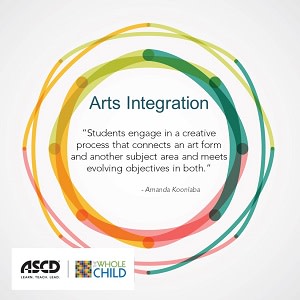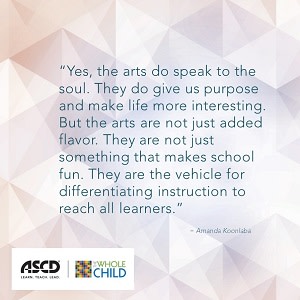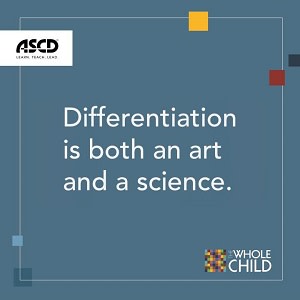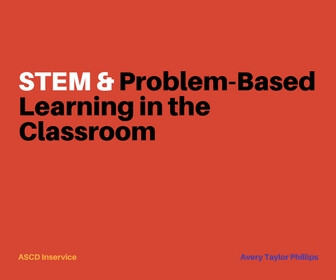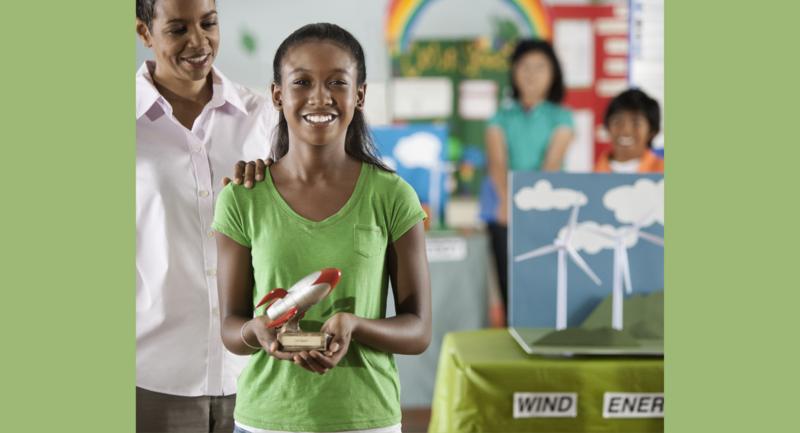Have you ever gotten curious about maker education? Maybe you’ve seen a lesson where students are encouraged to learn the basics of engineering or STEM concepts in a hands-on way. Or a Language Arts lesson that encourages students to get to know the characters of classic literature by creating a visual representation of the story. So, what exactly is maker education? And what does it take to get started?
Simply stated, maker education is an experiential-based, hands-on/minds-on approach to learning. This approach to education is rooted in the work of John Dewey and Jean Piaget, and, more recently, Seymour Papert’s constructionism. Constructionism posits that the best learning occurs through the active creation of tangible, real world projects.
I wrote Learning in Making for two overarching reasons: First, to show teachers that integrating maker education activities into their curriculum is achievable, realistic, and not as difficult as some may believe; and second, to emphasize that students deserve an education that is engaging and helps them develop skills to enhance their lives now and for their futures. Through maker education, students acquire skills that many educators, administrators, and policy makers have stated are important for today’s learners: communicating, innovating, creating, collaborating, persisting in the face of failure and adversity, problem-solving, working with and through ill-defined tasks, and demonstrating not only what they know but also showing what to do with what they know.
The Rise of Maker Education
Teachers, curriculum specialists, and administrators alike have become increasingly interested in integrating maker education into the curriculum. There are several reasons for this interest: the rise of DIY projects, such as those that can be found at Instructables (https://www.instructables.com/); the recent strong push to provide students, especially females and students of color, with knowledge and skills to be able to pursue STEM (science, technology, engineering, and mathematics) and STEAM (the previous stated with the addition of arts) related careers; the development of affordable technologies including, for example, coding programs like Scratch and microcontrollers like Makey Makeys, micro:bits, and Arduinos; and the participatory culture movement whereby educators, industry professionals, and lay people freely share their ideas and projects online.
Maker Education in the Learning Environment
Although some planning is required, smaller scale maker education initiatives can be implemented into the classroom or library without major planning and costs. This is especially relevant when the goal is to start doing maker education activities immediately as opposed to the longer-term, strategic planning needed for transforming a space into a makerspace replete with high tech equipment like 3D printers, DNC routers, laser cutters, and/or industrial equipment, such as drills, electric saws, and sewing machines.
Having a dedicated, well-equipped makerspace can provide great learning opportunities, similar to those that occur in science and vocational labs. The underlying theme of Learning in Making, though, is that any teacher who has the desire can integrate maker education activities into their existing curriculum in their own classrooms with minimal resources.
Suggestions for Bringing Maker Education into the Classroom or Library
Some suggestions for bringing maker education into the classroom or the library include:
1. Expanding the definition of maker education to include more traditional making as well as more technology driven making.
One of my favorite definitions of making comes from Adam Savage of Mythmakers fame: “What is making? It is a term for an old thing, it is a new term for an old thing. Let me be really clear, making is not simply 3D printing, Art Lino, Raspberry Pi, LEDs, robots, laser and vinyl cutters. It’s not simply carpentry and welding and sculpting and duct tape and drones. Making is also writing and dance and filmmaking and singing and photography and cosplay” (Savage quoted in Gerstein, 2019, p. 12-13).
2. Discovering and implementing the interests, passions, and talents of the students and their families.
As mentioned above, making takes many forms. Students may have interest and skill in cooking, music production, electronics, or art that can be tapped to bring making into the classroom. For example, I work at schools with a primarily Hispanic-Mexican population. For Day of the Dead or Dias de la Muertos last year, the students wrote their own stories related to Dias de las Muertos and then created altars or ofrendas with items they made: sugar skulls, cardboard skeletons lit up with LED circuitry, and tissue paper marigolds.
3. Utilizing easily found and acquired materials.
Materials for making can be found in the school supply closets, recycle bins, and through family/community donations.
4. Integrating small scale maker activities into pre-existing lessons.
Making can be integrated existing lessons for almost any content area. For example, in language arts, students could create scenes from the novels they read like a map that shows where Holden Caulfield visited in Catcher in the Rye or a diorama of the Borrowers’ home; create books that include paper circuits for their writings; develop a utopian society for social studies supported and enhanced through creating a crest and flag for their society and a scale model that represents their society; science lessons that are project and inquiry-based such as examining pollution in their community and demonstrating solutions; measurement and geometry through building classroom furniture and even gazeboes and tiny houses such as groups school students have done.
More ideas for integrating making in existing lesson plans can be found in Learning in the Making. Additional resources can also be discovered by following Twitter hashtags such as #makereducation, #makerspaces, #makermovement, and #STEM.
5. Collaborating with other teachers and teacher specialists.
Idea and resource acquisition and generation can become easier and richer if teachers collaborate with one another. Specialists, such as art teachers, vocational education teachers, and even home economics teachers, can add to this collaboration as they might have perspectives haven’t been considered.
About the author
Dr. Jackie Gerstein has been teaching in-person and online for several decades. She now teaches graduate-level online courses and gifted education at a local public school. She believes that one of the roles and responsibilities of the 21st century education is to share resources, ideas, and instructional strategies with other educators. As such, she tweets @jackiegerstein and blogs at usergeneratededucation.wordpress.com.
References
Gerstein, J. (2019) Learning in the Making: How To Plan, Execute, And Assess Powerful Makerspace Lessons. Alexandria, VA: ASCD.



